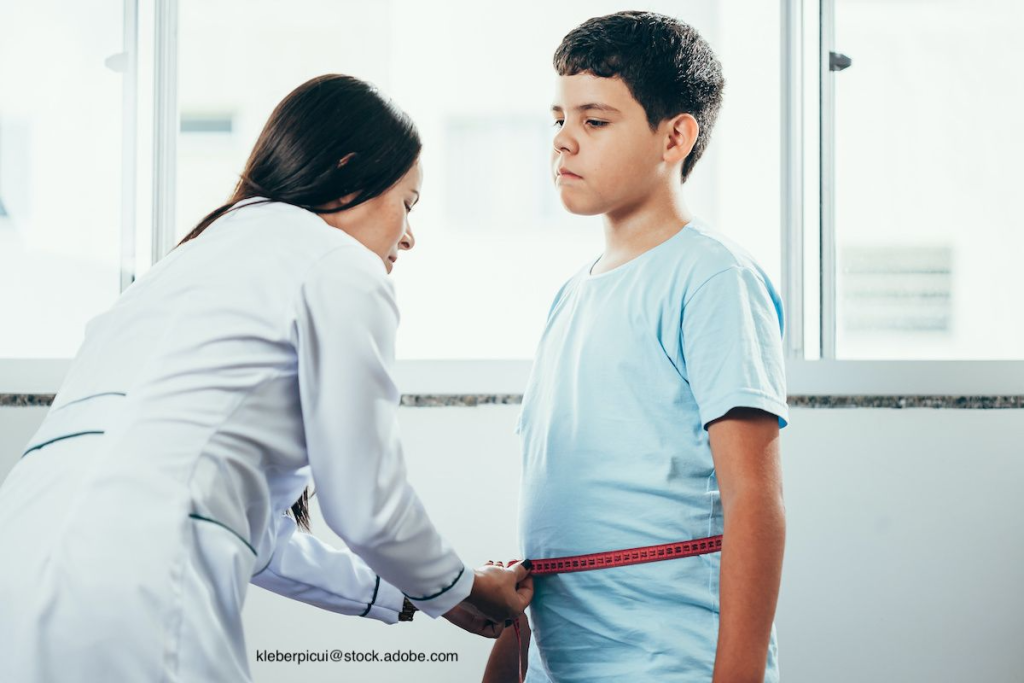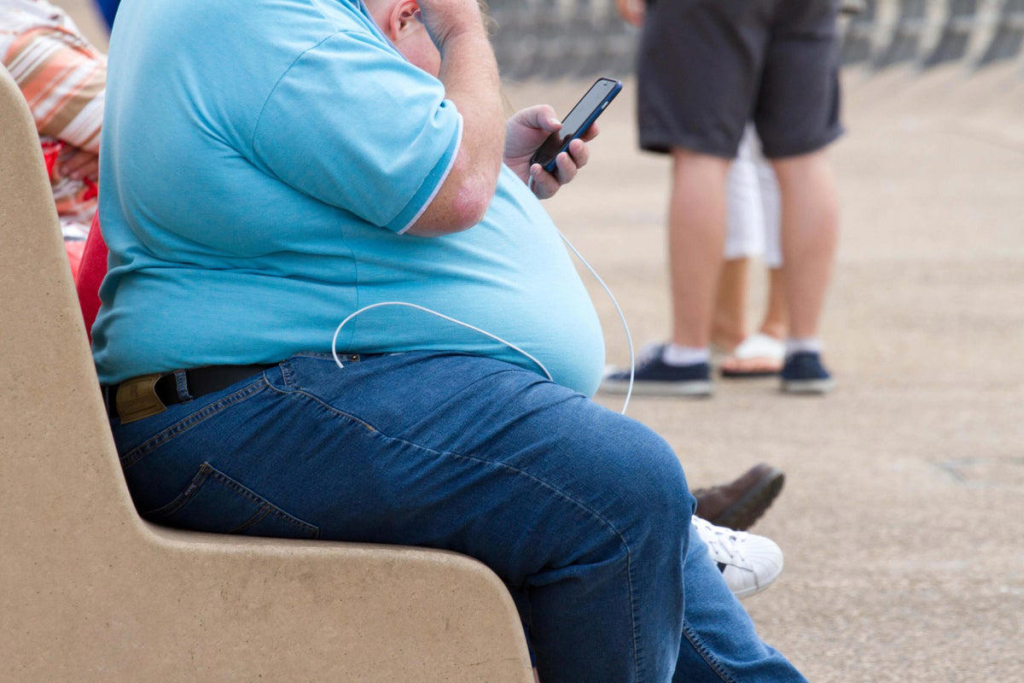
Childhood obesity is a serious health issue. It means kids have too much body fat. Many things can cause it, like genes, environment, and lifestyle.
Many factors drive childhood obesity. These include genetics, hormones, and the environment. Eating too much sugar, fat, or salt can make kids gain weight. Having healthy food or safe places to be active also raises the risk.
It’s important to know what causes it to find ways to prevent and treat it. Stress, sleep, and some medicines can also affect the risk of obesity.

Childhood obesity is a big problem worldwide. It means more kids and teens are overweight or obese.
Recent data shows a huge rise in childhood obesity. 35 million children under 5 and over 390 million children and adolescents aged 5“19 were overweight or obese in 2024. This problem is seen everywhere, in both rich and poor countries.
The numbers on childhood obesity are scary. It’s a serious issue that needs quick action. It affects kids everywhere, no matter their background or where they live.
Things like eating too much and not moving enough are big reasons for this problem. Also, spending too much time in front of screens helps kids gain weight. These habits make it easy for kids to become overweight.
Obesity is caused by many things, like genes, environment, and lifestyle. Knowing what causes it helps us find ways to stop it.
What kids eat, how active they are, and their family’s money situation all matter. To fight obesity, we need to work together. This means everyone, from families to governments, has to help.

Understanding why obesity is a big problem is key. Diet plays a big role in childhood obesity. Too many calories and unhealthy foods are big problems.
When we eat more calories than we burn, we gain weight. Excessive caloric intake from foods high in fats and sugars is a big reason for obesity in kids. Drinks and snacks full of sugar can really add up.
Health experts say, “High-calorie foods and drinks are a big part of the obesity problem in kids.”
This shows why parents and caregivers need to watch how much kids eat.
Some foods, like junk food, are full of calories but not good for us. They taste good and are marketed well, but they make kids gain weight.
These foods are full of calories but don’t have the nutrients kids need to grow properly.
Marketing unhealthy foods to kids is a big worry. Food marketing uses fun ads on TV, online, and in schools to get kids to eat more of these foods. This can shape what kids like to eat.
So, there’s a need for rules on marketing food to kids. Knowing the average weight of a 12-year-old helps us see how diet affects weight.
Childhood lifestyle, including physical activity and screen time, greatly affects obesity rates. The term obesity definition covers not just physical aspects but also behaviours leading to weight gain in kids.
Children before puberty are in a key stage for health. Physical activity is vital during this time. The term prepubescent describes this stage, and less activity can raise obesity risk.
It’s important to encourage kids to be active. This can be through outdoor play, sports, or regular exercise. The obesity meaning of obesity is linked to less activity and its health effects.
Modern life has made kids spend more time on screens. This leads to less physical activity, raising obesity risk.
Parents and caregivers can help by limiting screen time. They should encourage active lifestyles. Knowing the obesity definition helps see the dangers of too much screen time and the need for balance.
Sleep issues also impact obesity risk in kids. Poor sleep or disrupted patterns can lead to weight gain. It’s key to ensure kids get enough sleep.
By tackling these lifestyle and behaviour issues, we can lower childhood obesity rates. It’s about finding a healthy balance and reducing obesity risks.
Obesity in kids comes from many sources, including the environment and early life. Knowing these factors helps us find ways to stop and treat obesity.
How a mom is during pregnancy affects her child’s risk of obesity. Maternal obesity before and during pregnancy is a big risk. Studies show that what a mom eats and does during pregnancy can shape her child’s health, including their risk of getting fat.
“A mother’s health and nutrition during pregnancy can significantly influence her child’s future risk of obesity.”
Breastfeeding helps protect kids from getting fat. The World Health Organization says to breastfeed only for the first six months. Starting solid foods early is also key to fighting obesity. Breast milk is the best food for babies and helps lower the chance of obesity later on.
Money and access to healthy food affect a child’s obesity risk. Poor families often can’t get to healthy food, leading them to eat less nutritious, high-calorie foods. We need to tackle these issues to lower childhood obesity rates.
To understand obesity, we must look at early life factors. The BMI for kids is used to check weight, but it has its limits. Figuring out why I am gaining weight so fast means looking at diet, exercise, and lifestyle.
Childhood obesity is a complex issue that needs a full approach to stop and lessen its health problems. The reasons for obesity are many, like what kids eat, how active they are, and their family’s financial situation.
To tackle childhood obesity well, we must keep working on healthy living. We need to help kids eat better and move more. Knowing the obesity causes of obesity and how they work together is key to making good plans.
Seeing obesity symptoms in kids shows we must find and fix problems early. Even with big challenges from money, culture, and laws, we can make a difference. This can help lower the risk of obesity and its serious health effects later on.
By taking a wide view that tackles the deep reasons for childhood obesity, we can make a better world for kids to grow and succeed.
Childhood obesity is a serious health issue. It happens when kids have too much body fat. This is due to genetics, environment, and lifestyle choices.
Kids gain weight mainly because of what they eat. Foods high in calories but low in nutrients are big culprits.
Food marketing to kids makes obesity worse. It’s key to teach kids to eat healthy and avoid junk food.
Obesity in kids is linked to less physical activity and more screen time. Sedentary habits and poor sleep also play a role.
Maternal health during pregnancy and breastfeeding can affect a child’s obesity risk. So can a family’s socioeconomic status.
Obesity is having too much body fat. For kids, it’s often measured by body mass index (BMI) percentiles.
Kids’ obesity is measured by BMI-for-age percentiles. This compares their weight to that of peers of the same age and sex.
Obesity in kids comes from many factors. These include genetics, environment, and lifestyle. Diet, exercise, and socioeconomic status are key.
A 12-year-old’s weight varies by sex, height, and body type. But it usually falls within certain BMI percentiles.
Prepubescent means before puberty starts. At this stage, kids haven’t yet shown the physical changes of puberty.
Subscribe to our e-newsletter to stay informed about the latest innovations in the world of health and exclusive offers!
WhatsApp us